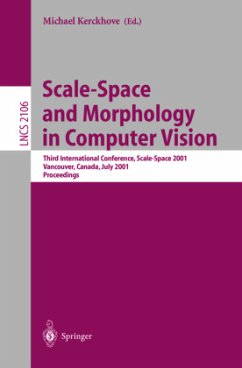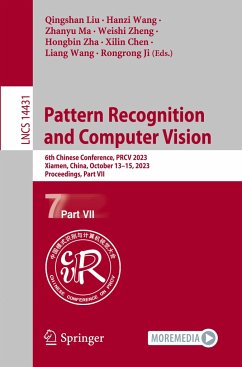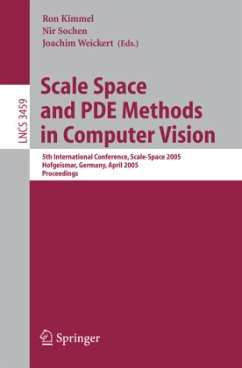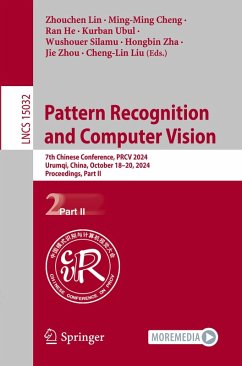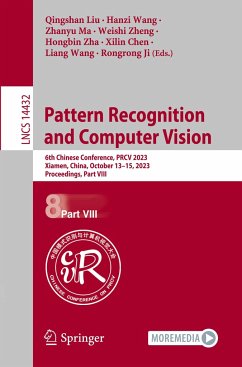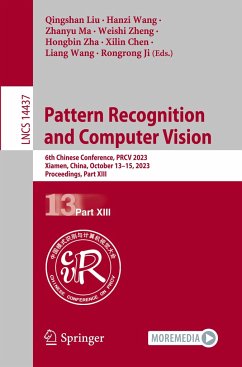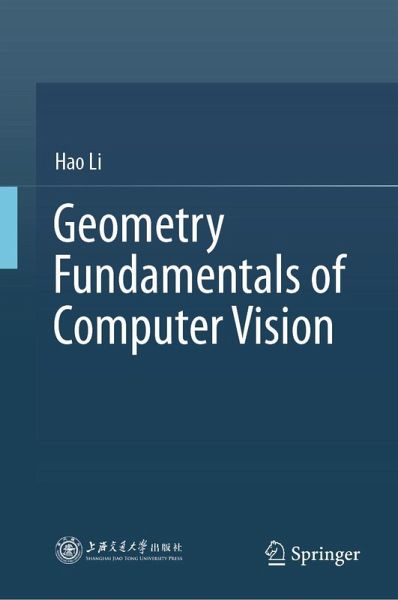
Geometry Fundamentals of Computer Vision

PAYBACK Punkte
82 °P sammeln!
This book enables readers to acquire a fundamental knowledge of computer vision from the perspective of geometry, including knowledge of image processing and pattern recognition intended for two-dimensional geometry analysis of images, knowledge of computer vision intended for three-dimensional geometry analysis of images. From the pedagogic point of view, the author intends that this book helps students develop an ability to flexibly apply geometry fundamentals of computer vision to solve practical engineering problems. In this sense, this book is also a professional reference for engineers d...
This book enables readers to acquire a fundamental knowledge of computer vision from the perspective of geometry, including knowledge of image processing and pattern recognition intended for two-dimensional geometry analysis of images, knowledge of computer vision intended for three-dimensional geometry analysis of images. From the pedagogic point of view, the author intends that this book helps students develop an ability to flexibly apply geometry fundamentals of computer vision to solve practical engineering problems. In this sense, this book is also a professional reference for engineers dedicated to computer vision involved intelligent systems. This book attaches importance to clarification of how relevant knowledge of computer vision stems from practical applications and emphasizes the dialectic relationship between the knowledge and practical applications, enabling readers not only to know how for practice, but also to know why in terms of mathematical essence. Throughout this book, the author tends to provide detailed theoretical derivations and explanations to clarify essential reasons behind computer vision methods. Besides, this book provides plenty of original demonstration code scripts (in Matlab) that are complete, interesting, easy for practice, and of application values for engineering activities. By code demonstration, the author presents how to flexibly take advantage of geometry fundamentals of computer vision to realize various kinds of visual effects that are actually technology basis of many interesting and useful applications.



